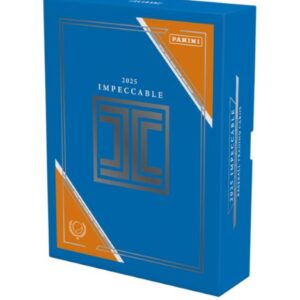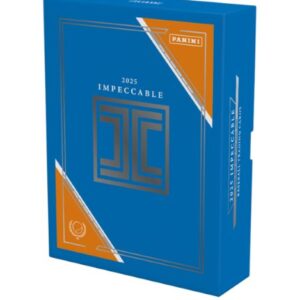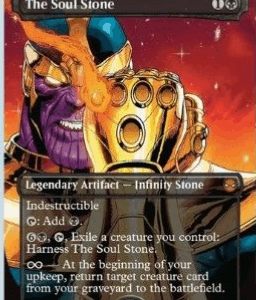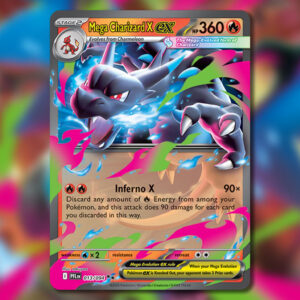In the past few years, Pokémon cards have staged a formidable comeback, turning Friday restock days at retail stores into scenes akin to Black Friday melees. There’s a line of eager enthusiasts and hopeful resellers stretching far beyond the sliding glass doors, each person jostling for the prized boxes of the Pokémon Trading Card Game. What started as a gentle nod to childhood nostalgia has grown into a full-blown obsession, echoing the speculative frenzy of the 1990s sports card boom. Yet, with such rapid growth, one must wonder—how long can this Pokémon TCG craze truly last before the bubble bursts?
The weekly Pokémon restock ritual has become a gladiatorial contest. Shoppers brace themselves, ready for a no-holds-barred dash as soon as the security tag beeps and the shelves are stocked. The playing field is a fraught mix of true collectors, nostalgic adults, and enterprising scalpers who’ve spotted an opportunity a mile away. Scalpers, not necessarily fans of Pikachu or Charmander, are driven by potential profit, snapping up Pokémon boxes like investment bankers grabbing IPO shares, racking up substantial credit card debt in pursuit of a quick return. Unfortunately, their speculative escapades often come at a steep cost for the casual collector, especially younger fans who find themselves priced out of the now-spendy hobby. The vibrant packaging and coveted holographics disappear minutes after appearing, bound for online marketplaces where they command inflated prices akin to modern-day Pokémon treasure chests.
Cognizant of this skyrocketing demand, The Pokémon Company has cranked up their printing presses to eleven, flooding the market with an abundance of product. Sets once viewed as precious due to their rarity are now about as common as an untied shoelace. “Evolving Skies” and “Crown Zenith” fly off the presses—and onto shelves—but the implied scarcity is quickly eroding. A stout reminder of this excessive abundance is the “Van Gogh Pikachu” card, a limited-edition promo that boasts nearly 40,000 perfect PSA 10s in circulation. The numbers don’t lie; they reveal a market swamped with supply, misleading collectors into believing in faded illusions of rarity.
The Pokémon TCG situation seems to bear unsettling similarities to the sports card bubble of the late ‘80s and early ’90s. During that vibrant phase of collecting, manufacturers overproduced cards in response to burgeoning enthusiasm. What appeared valuable one day became routinely common the next, printed in volumes rivalled only by dollar bills. Eventually, collectors awoke to the sobering reality that their so-called “rare gems” were anything but. The ensuing market collapse left countless collectors clutching stacks of cards worth less than the shoeboxes they were stored in.
Fast-forward to today, and the Pokémon card market feels eerily similar. The speculative buying trend is driven more by hype than actual demand or rarity, inflated prices are symptomatic of fever-pitched excitement, and the growing catalogues of PSA-graded cards suggest a peak. This rise aligns ominously with the bubble-inflating behaviour of yesteryears. No tarot cards or tea leaves are needed to forecast that such trends have often led to a market downturn.
Predicting when this bubble might burst is more elusive than capturing a rare Pokémon with a regular Poké Ball. Nevertheless, currents suggest the water is becoming choppy. Scalpers, dug deep in credit debts from their zeal-filled gambles, might soon grow desperate should the winds change and values stabilize or plummet. Experienced collectors warn of the dangers of this fervent oversupply and encourage cautious steps forward. As more enthusiasts recognize the artificial inflation and the glittering mirage of rarity, a retreat could depress prices, leading to a ripple of ripples.
Merked by its zeal, the market is prancing on a tightrope of overinflated expectations. Seasoned collectors offer words of wisdom: patience is key, and as history often proves, the burst of a bubble is just as inevitable as the initiation of another. Pokémon TCG’s vibrant renaissance might well face contraction, leaving behind sobering advice: true rarity and enduring value aren’t spun from mere hype but from authentic scarcity and cherished legacy.





